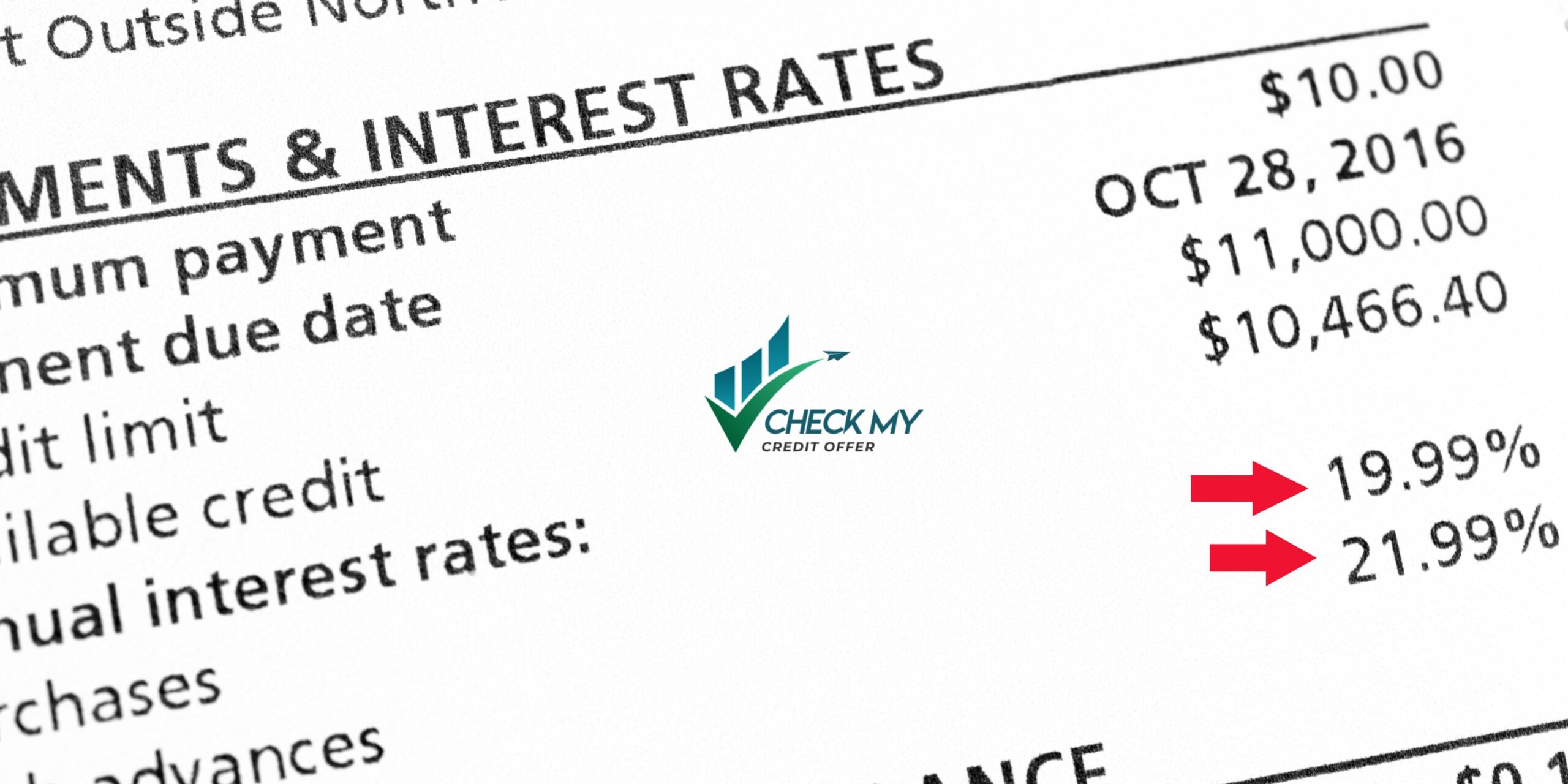No Annual Fee Credit Cards: Compare Cashback, Travel, and Rewards Options
A no annual fee credit card gives you the flexibility of rewards and perks without the cost of
paying $95–$550 each year in fees. For many U.S. consumers, these cards are the smartest way to build credit,
earn cashback, or collect travel points while keeping costs low. Instead of paying for premium cards you may not
fully use, no-fee cards allow you to enjoy benefits with zero ongoing expense.
In this guide, we’ll cover the best credit cards no annual fee across different categories:
highest cashback options, top travel rewards cards, and business or student picks. We’ll also compare key features
such as APR, welcome bonuses, and redemption flexibility so you can match the right card to your lifestyle.
What you’ll learn here:
- How no annual fee credit cards work and why they save money.
- Top picks for cashback, travel rewards, and everyday spending.
- Pros and cons of keeping no-fee cards long term.
- Tips for choosing the best credit cards no annual fee based on your goals.
By the end, you’ll know exactly which no-fee cards offer the best mix of rewards and value,
and how to maximize them without paying a cent in annual charges.

Compare Chase, Amex, Capital One & Wells Fargo picks — all with $0 annual fee.
What Is a No Annual Fee Credit Card?
An annual fee is the charge some credit card issuers add simply for holding the card—often ranging from $95 on
entry-level travel cards to $550+ on premium products. A credit card with no annual fee removes
that cost entirely, letting you access rewards and build credit without paying just to keep the account open.
The difference is simple: cards with an annual fee usually provide higher-value perks—airport lounge access, elite
status credits, or luxury insurance benefits. No-fee cards focus on straightforward cashback, points, or travel
rewards with zero overhead. For many everyday consumers, avoiding fees makes more sense, especially if you don’t
spend enough to justify premium benefits.
When is each card type better?
- No annual fee card: Best for long-term credit building, low-maintenance users, and those
who want cashback or rewards with no cost. - Annual fee card: Makes sense if you travel frequently or use premium perks that outweigh
the fee—for example, the Amex Platinum with lounge access and statement credits.
Lenders may also ask about your annual income to assess eligibility and credit limits, and you
should always review what is APR (Annual Percentage Rate) since interest charges can offset the
benefits of rewards if you carry a balance.
Best Cashback Credit Cards with No Annual Fee
If you’re looking for the highest cash back credit card with no annual fee, several options stand
out for everyday spending. These cards give you a reliable way to earn rewards without paying yearly charges,
making them a smart choice for budget-conscious U.S. consumers.
Wells Fargo Active Cash® Card
A flat 2% unlimited cashback on purchases with no categories to track. This card is ideal if you
prefer simplicity and predictable rewards. New cardholders may also qualify for a welcome bonus when spending a
minimum amount within the first three months.
Chase Freedom Unlimited®
Offers a mix of flat and bonus categories: 1.5% cashback on all purchases, plus 5%
on travel booked through Chase, 3% on dining, and 3% on drugstores. Great for
households that spend across multiple categories.
Capital One Quicksilver® Cash Rewards
A reliable 1.5% unlimited cashback on every purchase, plus no rotating categories or limits.
The Quicksilver is a good entry-level card for building rewards and offers easy redemption options like statement
credits or travel.
| Card | Cashback Rate | Perks | Example Bonus |
|---|---|---|---|
| Wells Fargo Active Cash® | 2% unlimited cashback | Flat rewards, simple redemption | $200 after $500 spend in 3 months |
| Chase Freedom Unlimited® | 1.5% base + 3–5% bonus categories | Extra rewards on travel, dining, drugstores | $200 after $500 spend in 3 months |
| Capital One Quicksilver® | 1.5% unlimited cashback | Simple flat-rate rewards | $200 after $500 spend in 3 months |
Each of these no annual fee cashback cards lets you earn rewards without worrying about hidden
costs. The right pick depends on whether you prefer flat-rate simplicity or bonus categories that match your
spending.
Best Travel Credit Cards with No Annual Fee
Finding the best travel credit card no annual fee means balancing rewards, miles, and low costs.
These options give you solid perks for travel and everyday use, while avoiding annual charges that can eat into
your savings. For frequent travelers and families, a travel credit card no annual fee provides
flexibility without long-term cost.
Chase Freedom Flex℠
A versatile rewards card offering 5% back on quarterly rotating categories,
5% on travel purchased through the Chase Ultimate Rewards portal,
and 3% on dining. Great for flexible travelers who also want everyday value.
Amex Blue Cash Everyday®
Known for 3% back at U.S. supermarkets, this card also offers rewards on travel and gas.
While not a pure travel card, it’s a strong option for families who want a mix of travel perks and
grocery savings without paying an annual fee.
Bank of America® Travel Rewards
Offers unlimited 1.5 points per $1 on every purchase, redeemable for travel expenses.
Includes no foreign transaction fees, making it ideal for international trips.
Strong choice for straightforward travelers who prefer simplicity over rotating categories.
| Card | Travel Rewards | Perks | Example Bonus |
|---|---|---|---|
| Chase Freedom Flex℠ | 5% travel via Chase portal | 3% dining, 5% rotating categories | $200 bonus after $500 spend |
| Amex Blue Cash Everyday® | Rewards on travel + groceries | 3% supermarkets, gas benefits | $200 statement credit after $2,000 spend |
| Bank of America® Travel Rewards | 1.5 points per $1 on all purchases | No foreign transaction fees | 25,000 points after $1,000 spend |
These cards prove you don’t need to pay annual fees to enjoy strong travel perks.
Whether you want bonus categories, family-friendly grocery rewards, or simple flat travel points,
each travel credit card no annual fee option can save you money while giving you the flexibility to explore more.
Best Rewards & Everyday No-Fee Credit Cards
Beyond cashback and travel, some of the best credit cards with rewards and no annual fee
focus on entertainment, small business spending, or student credit building. These options show how diverse
the no annual fee credit card market is—covering families, entrepreneurs, and young adults.
Disney® Visa Card by Chase
Perfect for Disney fans: no annual fee, 1–2% rewards on everyday purchases, plus special savings at Disney parks
and resorts. A family-friendly card that blends everyday use with unique entertainment perks.
Capital One Spark Cash Select (Business)
A business credit card no annual fee with unlimited 1.5% cashback on purchases.
It’s designed for entrepreneurs and small business owners who want straightforward rewards without worrying about annual charges.
Discover it® Student Cash Back
Aimed at students building credit: rotating 5% cashback categories (up to a quarterly cap) and
Discover’s signature “Cashback Match” for the first year. Great way for young adults to start
earning rewards while learning responsible credit habits.
| Card | Rewards | Best For |
|---|---|---|
| Disney® Visa Card | 1–2% rewards + Disney perks | Families & Disney fans |
| Capital One Spark Cash Select | 1.5% cashback (business purchases) | Entrepreneurs & small business |
| Discover it® Student Cash Back | 5% rotating categories + Cashback Match | College students building credit |
These cards prove that rewards aren’t limited to premium products. From family perks to small business benefits
and student credit building, the best credit cards with rewards and no annual fee deliver value
without extra cost.
Pros & Cons of No Annual Fee Cards
A best credit card with no annual fee can deliver serious value, but it isn’t always the perfect fit
for every consumer. Here are the main advantages and trade-offs to consider before applying.
✅ Pros:
- Zero cost: No annual fee means you keep rewards without paying to maintain the card.
- Credit history: Easy to keep open long-term, which can strengthen your average account age and overall credit score.
- Solid rewards: Many no-fee cards now compete with premium cards in cashback and bonus categories.
❌ Cons:
- Lower perks: Typically no airport lounge access, elite status credits, or premium insurance.
- Smaller bonuses: Sign-up offers and travel benefits may be less generous compared to high-fee cards.
- Potentially lower rewards: Some categories may earn less than top-tier premium products.
The takeaway: a credit card with no annual fee is best for long-term value and everyday spending,
but if you travel frequently or maximize premium perks, a high-fee card may offer more overall benefits.
How to Choose the Right No Annual Fee Card
With so many options, finding the best credit cards 2025 means matching features to your lifestyle.
A chase credit card no annual fee or an amex no annual fee option can both work well,
but the right choice depends on spending habits, travel plans, and credit profile.
Key factors to consider:
- Spending habits: If you spend most on groceries and dining, look for cards with category bonuses. If your purchases are spread out, a flat-rate cashback card may be better.
- Travel vs. cashback: Frequent travelers benefit from points and no foreign transaction fees. Everyday shoppers may prefer straight cashback.
- APR: If you carry a balance, compare interest rates carefully. Even the best credit card with no annual fee loses value if interest charges pile up.
- Annual income & credit score: These determine your eligibility and credit limit. Higher scores and steady income open access to stronger rewards and approvals.
Matching the right card to your profile
- Budget-focused spender: Wells Fargo Active Cash® (2% flat cashback, no categories to track).
- Traveler: Chase Freedom Flex℠ (5% on travel via Chase, no annual fee).
- Student: Discover it® Student Cash Back (rotating 5% categories, first-year Cashback Match).
- Business owner: Capital One Spark Cash Select (1.5% cashback on business purchases).
The bottom line: choosing a no annual fee credit card is about aligning rewards with your real-life spending.
Compare multiple options—whether it’s a Chase credit card no annual fee for travel or an Amex no annual fee card for everyday rewards—so you maximize benefits without extra cost.
FAQs About No Annual Fee Credit Cards
Here are the most common questions U.S. consumers ask about
credit cards with no annual fee and how they work in practice.
Quick answers:
| Question | Answer |
|---|---|
| What is APR? | APR = Annual Percentage Rate, the yearly cost of borrowing on unpaid balances. |
| Do no annual fee cards have hidden charges? | No hidden annual fee, but late payment fees, balance transfer fees, or interest may apply. |
| Can I upgrade later? | Yes, many issuers allow a product change to a premium card with an annual fee if you qualify. |
| Does a no annual fee card help build credit? | Yes, keeping it open long-term improves account age and helps your credit history. |
The bottom line: while a credit card with no annual fee won’t charge you yearly costs, it’s
important to monitor what is APR and other fees that may apply. Used responsibly, these cards are
one of the easiest ways to build credit and earn rewards at no cost.
Conclusion: Why No Annual Fee Cards Matter
Choosing a no annual fee credit card is one of the smartest ways for U.S. consumers to save money
while still earning valuable rewards. By avoiding yearly costs—often $95 to $550 on premium cards—you keep more
in your pocket while accessing cashback, travel points, or business perks. For most cardholders, the math is simple:
no fee + consistent rewards = better long-term value.
Of course, premium cards like Amex Platinum or Chase Sapphire Preferred deliver extra perks, but you have to use
those benefits fully to offset the cost. If you’re focused on everyday spending, building credit, or earning steady
cashback, a no-fee card is usually the better deal. The key is to match your card to your lifestyle and financial goals.
💳 Compare the best no annual fee credit cards of 2025 and see which one fits your lifestyle.
Explore Student Credit Cards
Capital One vs. Discover
Amex Blue Cash vs. Gold
Chase Slate vs. Freedom






